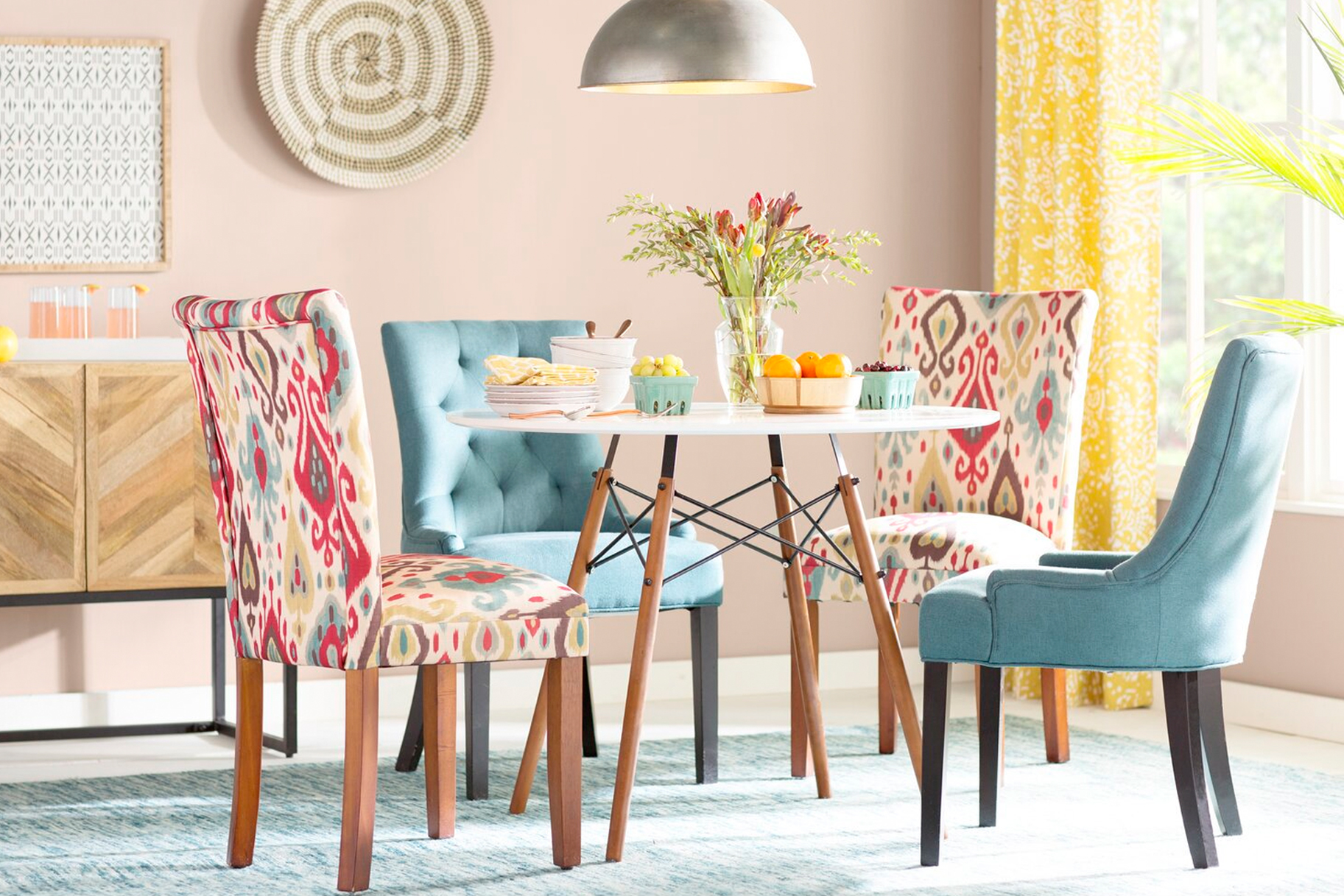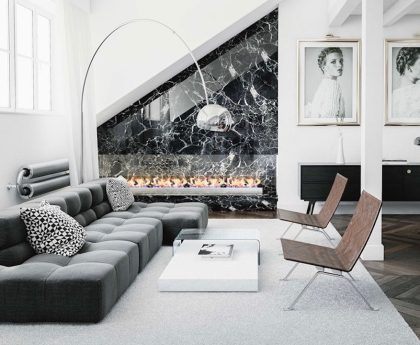The dining room chandelier is more than just a source of light; it is a focal point of the space and can set the tone for the entire room. It provides both functional and aesthetic benefits, making it an essential element in any dining room design. Choosing the right chandelier can enhance the overall design of your dining room and create a welcoming and stylish atmosphere.
A dining room chandelier serves as a centerpiece, drawing attention and adding visual interest to the space. It can make a statement and reflect your personal style, whether it be traditional, modern, or eclectic. Additionally, a chandelier provides ambient lighting, illuminating the entire room and creating a warm and inviting atmosphere for meals and gatherings.
Choosing the Right Chandelier Style for Your Dining Room
When choosing a chandelier for your dining room, it is important to consider the overall style of the space. The chandelier should complement the existing decor and enhance the overall design aesthetic. For example, if your dining room has a traditional style with ornate furniture and rich colors, a crystal chandelier with intricate details would be a fitting choice. On the other hand, if your dining room has a modern or minimalist design, a sleek and simple chandelier made of metal or glass would be more appropriate.
Exploring different styles of chandeliers can help you find the perfect fit for your dining room. Traditional chandeliers often feature ornate details, such as crystal accents or candle-style lights. Modern chandeliers, on the other hand, have clean lines and minimalist designs. Transitional chandeliers blend elements of both traditional and modern styles, making them versatile options that can work well in various dining room designs.
Size Matters: How to Determine the Right Chandelier Size for Your Space
Choosing the right size chandelier is crucial to ensure that it fits proportionally in your dining room. To determine the appropriate size, start by measuring the dimensions of your dining room. Consider the length and width of the room, as well as the height of the ceiling. This will give you a starting point for selecting a chandelier that is neither too small nor too large for the space.
In general, a chandelier should be about one-third to one-half the width of the dining table. For example, if your dining table is 60 inches wide, a chandelier that is 20 to 30 inches in diameter would be suitable. Additionally, consider the height of the ceiling. If you have high ceilings, you may want to choose a chandelier with a longer chain or adjustable height to ensure that it hangs at an appropriate distance from the table.
Material Matters: Exploring Different Chandelier Materials
Chandeliers come in a variety of materials, each with its own unique characteristics and aesthetic appeal. Some common materials used in chandelier construction include crystal, glass, metal, and even fabric. When choosing a material for your chandelier, consider factors such as durability, maintenance requirements, and how well it complements the overall design of your dining room.
Crystal chandeliers are known for their elegance and timeless beauty. They can add a touch of luxury to any dining room and create a dazzling display of light and reflection. However, crystal chandeliers require regular cleaning to maintain their sparkle and may be more fragile compared to other materials.
Glass chandeliers offer a more contemporary look and can come in various styles and finishes. They are relatively easy to clean and maintain, making them a practical choice for busy households. Metal chandeliers, such as those made of brass or wrought iron, can add a touch of sophistication and durability to your dining room. They are often available in different finishes, allowing you to choose one that matches your decor.
Lighting Matters: Understanding the Different Types of Chandelier Lighting
Chandeliers can provide different types of lighting, including ambient, task, and accent lighting. Ambient lighting refers to the overall illumination of a space and is typically provided by the chandelier’s main light source. Task lighting, on the other hand, is focused lighting that is used for specific activities, such as reading or working at the dining table. Accent lighting is used to highlight specific areas or objects in the room, such as artwork or architectural features.
When choosing a chandelier for your dining room, consider the function of the space and the type of lighting you need. If your dining room is primarily used for meals and gatherings, ambient lighting provided by the chandelier’s main light source would be sufficient. However, if you often use your dining table for tasks such as homework or work, you may want to consider a chandelier with adjustable lights or additional task lighting options.
Installing Your Dining Room Chandelier: Tips and Tricks

Installing a chandelier can be a complex task that requires electrical knowledge and expertise. It is recommended to hire a professional electrician to ensure that the installation is done safely and correctly. Before installing the chandelier, consider the weight of the fixture and the strength of the ceiling. Some chandeliers can be quite heavy, so it is important to ensure that your ceiling can support the weight.
Follow safety guidelines and instructions carefully when installing your chandelier. Make sure to turn off the power to the room before starting any electrical work. Use appropriate tools and equipment to secure the chandelier in place and ensure that all electrical connections are properly made. If you are unsure about any aspect of the installation process, consult with a professional electrician.
Maintaining Your Chandelier: How to Keep it Looking Like New
Regular maintenance is essential to keep your chandelier looking its best and functioning properly. Dust and dirt can accumulate on the surface of the chandelier, dulling its sparkle and reducing its overall aesthetic appeal. To prevent this, regularly clean the chandelier using a soft cloth or duster. Avoid using harsh chemicals or abrasive materials that can damage the finish or delicate parts of the chandelier.
If your chandelier has crystal or glass components, you may need to use a glass cleaner specifically designed for these materials. Follow the manufacturer’s instructions and use a soft cloth or sponge to gently clean the surfaces. For metal chandeliers, you can use a mild soap and water solution to remove any dirt or grime. Be sure to dry the chandelier thoroughly to prevent water spots or damage.
In addition to regular cleaning, it is important to check for any loose or damaged parts on your chandelier. Over time, screws and other fasteners may become loose, compromising the stability of the fixture. Inspect the chandelier periodically and tighten any loose screws or connections. If you notice any damaged parts, such as broken crystals or bent metal, consider repairing or replacing them to maintain the overall integrity of the chandelier.
Chandelier Placement: Where to Hang Your Dining Room Chandelier
The placement of your dining room chandelier is crucial to ensure that it is properly centered and provides adequate lighting for the space. In general, the chandelier should be hung in the center of the dining room table. This ensures that it is positioned at an appropriate height and provides even illumination for everyone seated at the table.
Consider the height of your ceiling when determining how low to hang the chandelier. As a general rule, the bottom of the chandelier should be about 30 to 36 inches above the table surface. This allows for enough clearance for people to sit comfortably without obstructing their view or hitting their heads on the fixture.
If you have a particularly high ceiling, you may need to use a longer chain or adjustable rod to lower the chandelier to an appropriate height. On the other hand, if you have a low ceiling, you may need to choose a chandelier with a shorter profile or consider alternative lighting options, such as flush mount fixtures.
Decorating Around Your Chandelier: How to Create a Cohesive Look
Once you have chosen the perfect chandelier for your dining room, it is important to consider how to decorate around it to create a cohesive and harmonious look. Choose decor that complements the style and material of your chandelier. For example, if you have a crystal chandelier, consider adding other crystal accents or mirrored surfaces to enhance the sparkle and elegance of the space.
Consider the color scheme and overall design of your dining room when selecting decor items. Choose complementary colors and patterns that enhance the beauty of the chandelier without overwhelming the space. Use the chandelier as a centerpiece and build around it, adding other elements such as artwork, curtains, or rugs that tie in with the overall design aesthetic.
Chandelier Trends: The Latest Styles and Designs for Your Dining Room
Chandelier designs are constantly evolving, with new trends emerging each year. Staying up-to-date with the latest styles and designs can help you create a dining room that feels fresh and modern. Some current trends in chandelier design include minimalist styles with clean lines and simple shapes, industrial styles with exposed bulbs and metal finishes, and bohemian styles with natural materials and unique shapes.
Consider incorporating unique shapes, colors, and materials into your chandelier design to make a statement in your dining room. For example, instead of a traditional round chandelier, opt for a geometric or abstract shape that adds visual interest to the space. Experiment with different finishes, such as matte black or brushed brass, to create a contemporary look.
In conclusion, the dining room chandelier is an important element in any dining room design. It serves as a focal point, providing both functional and aesthetic benefits. When choosing a chandelier, consider the overall style of your dining room and select a chandelier that complements the existing decor. Determine the appropriate size based on the dimensions of your dining room and the height of the ceiling. Explore different materials and lighting options to find the perfect fit for your space. Install the chandelier safely and maintain it regularly to keep it looking like new. Finally, decorate around your chandelier to create a cohesive look and stay up-to-date with the latest trends to keep your dining room looking fresh and modern.




